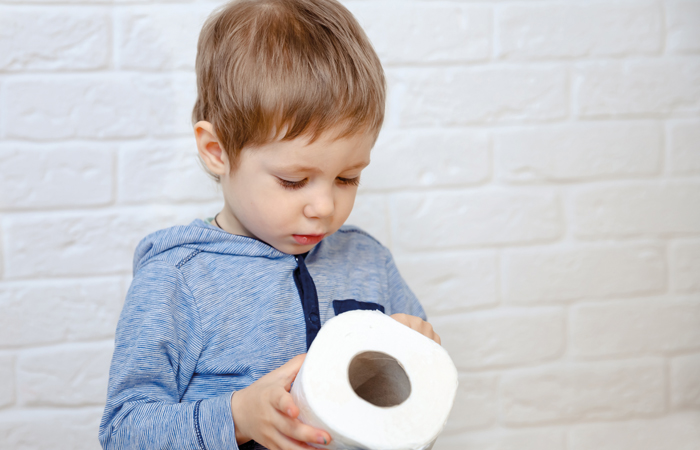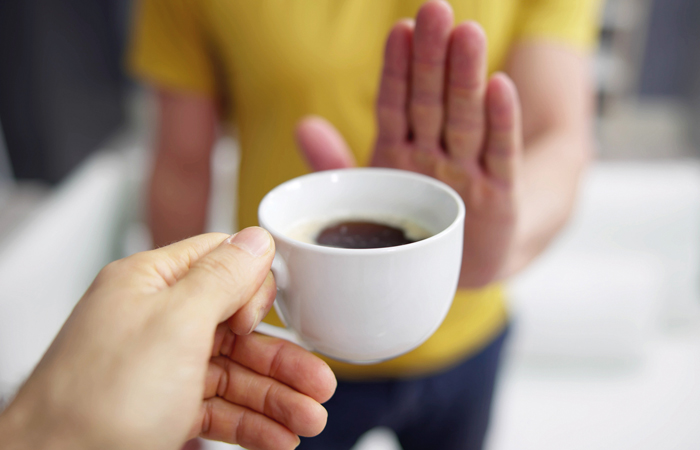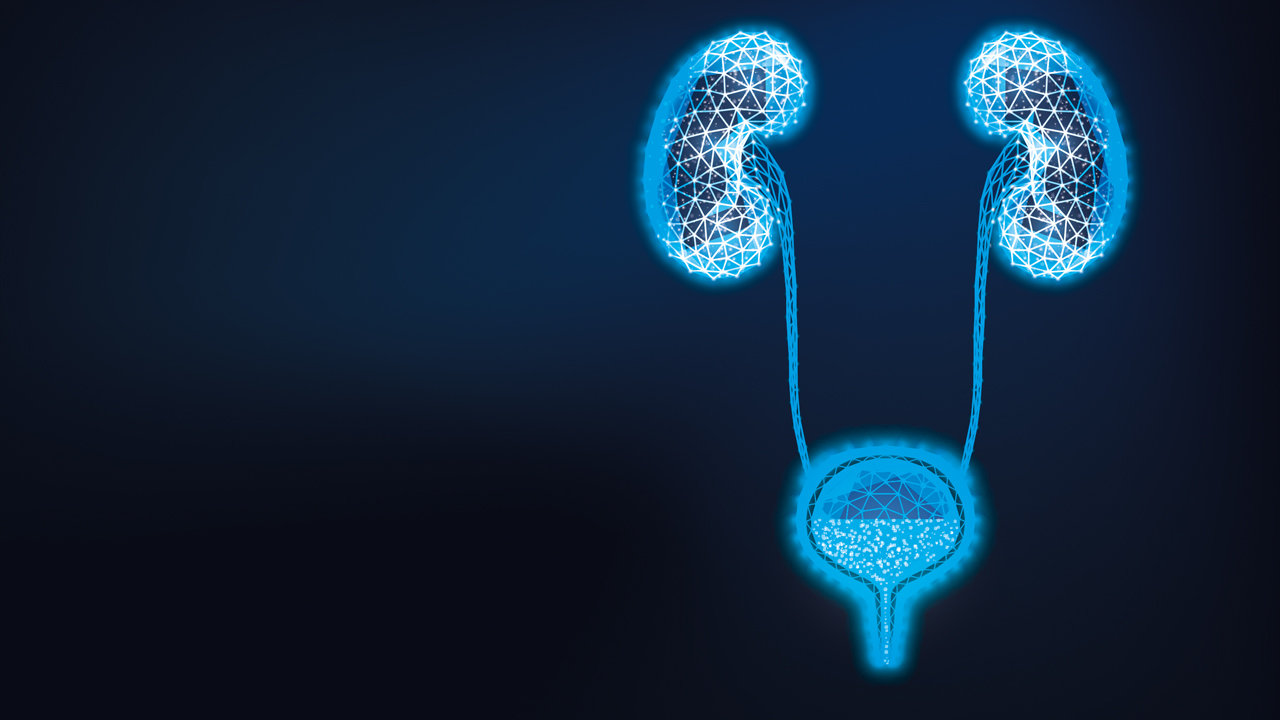In OTC
Follow this topic
Bookmark
Record learning outcomes
Despite not being a popular topic of conversation, bladder weakness and incontinence affects a staggering number of lives. Since many struggle in silence, it’s impossible to know exactly how many people suffer from the condition, but estimates suggest around 14 million people in the UK live with bladder problems. That’s more than the number suffering from migraine. While there’s clearly further progress to be made in terms of tackling perceived taboos, pharmacy teams are ideally placed to offer vital support and debunk myths.
Different types of incontinence
Perhaps the most common misconception is that bladder weakness only affects pensioners and new mums. “Bladder issues can affect men, women and children at any age, although sufferers are predominantly women,” says Lyndsey Allen, advice line specialist nurse at Bladder Health UK. “It’s estimated that over five million people in the UK have issues with overactive bladder, whilst the reported prevalence of urinary incontinence in women varies widely (five to 69 per cent) and is known to be higher than that of men. It is recognised that it increases up to middle age, plateaus or decreases between 50-70 years, and rises again with advanced age.
“Risk factors include those with other conditions such as diabetes, multiple sclerosis (MS), Parkinson’s disease, spinal injury, dementia, and prostate problems in men. Additionally limited mobility, obesity, menopause, and some medications including diuretics and opioids can contribute to bladder issues.”
There are several types of urinary incontinence, which include:
- Stress urinary incontinence: urine leaks because of pressure placed on the bladder by an action such as laughing, sneezing or lifting something heavy
- Urge urinary incontinence: a sudden need to urinate followed by an uncontrollable loss of urine
- Overflow urinary incontinence: a continual dribble due to an inability to fully empty the bladder
- Functional incontinence: struggling to get to the toilet in time due to some type of physical limitation such as severe arthritis
- Mixed urinary incontinence: multiple types of incontinence together, usually a combination of stress and urge.
“Women are more likely to suffer from ‘stress’ incontinence, especially if they have experienced pregnancy, childbirth or the menopause,” adds Sharon Hamilton, registered nurse adviser for MoliCare® products. “Men may experience increased risk of ‘overflow’ incontinence if they suffer from prostate gland problems.”
The effect of bladder issues can be immense. “It poses a threat to autonomy and independence,” explains Lyndsey. “It impacts physically, mentally and emotionally. It usually affects all aspects of daily living – including relationships, sexuality, employment and socialising – and can often lead to isolation, the feeling of being a burden and sleep deprivation. Many sufferers feel alone and unsupported.”
Caring for children
Whilst statistics indicate that women are more likely to face bladder problems, men and children can experience them too with one in 12 children living with a bowel or bladder condition, according to Eric, The Children’s Bowel & Bladder Charity. “Wetting accidents are more common in younger children, especially after toilet training – and children in reception class at school will often have an occasional accident,” says Sarah Fowler, one of the charity’s specialist bladder and bowel nurses. “It is when these persist that parents often seek help. Most bladder issues in children are usually caused by a functional problem – everything is in the right place and should be able to work properly.”
These can be triggered for a number of reasons. “Underlying constipation is a common cause of bladder problems,” explains Sarah. “This is often unrecognised by parents/carers who didn’t appreciate the influence of a full bowel pressing on the bladder and taking up ‘space’, exacerbating bladder symptoms. We always advise ruling out constipation first, in any child seeking support for bladder problems (day or night). Once any constipation is treated, symptoms will often improve and even resolve.
“Not drinking enough, particularly at school, and not using the toilet at school for whatever reason can exacerbate bladder symptoms. Children can become dehydrated during the school day, with concentrated urine irritating the bladder, causing constipation and increasing the risk of a urinary tract infection. Also, certain drinks can irritate the bladder such as those containing caffeine (e.g., energy drinks).”
Bladder problems can have a huge impact on children’s confidence, says Sarah. “An experience of wetting yourself at school is something that will often be remembered into adulthood. Children may experience bullying because managing wetting can be difficult in school, and they can smell. Also, these young people have to manage their bladder symptoms within the structure of the school day, which isn’t easy – and it isn’t conducive to relaxed learning if you’re always anxious that you may or have wet yourself.”
The initial approach is conservative treatment, she continues. “This includes ruling out constipation, making sure they have regular ‘bladder-friendly drinks’ throughout the day, that they have a relaxed and comfortable toilet sitting position, and always go for a wee when they need.”
The good news is that, for the majority of younger children, symptoms do improve. “If it doesn’t resolve or parents have concerns, it is important that the child has a holistic assessment of bladder and bowel, and for the family to have a treatment/management plan to support the child,” says Sarah.
“If the wetting is sudden onset, then pharmacy staff should recommend checking the child has not got a urine infection. A simple dip test can rule this out (this will also identify if glucose is present to see if diabetes needs to be ruled out). There is NICE guidance on urinary tract infection as a reference.”

One in 12 children lives with a bowel or bladder condition
Here to help
Pharmacy teams can support patients in a variety of ways, from advising on purchases to highlighting useful resources. Products available in the pharmacy include:
- Containment aids (e.g., pads, washable products)
- Pelvic floor exercising devices
- Radar keys
- Non-irritating cleansing items (e.g., soaps)
- Cleansing wipes
- Barrier creams.
“Pharmacies can display posters and leaflets which help advise new patients that they are a centre to discuss continence issues in private, as well as the range of incontinence products they retail in store,” says Sharon. “For existing patients who are on medication for incontinence or bowel treatments, pharmacy staff may be able to discreetly advise that they can help if there are any issues, as they understand the medication can cause some adverse effects. Also, pharmacies can support World Continence Week to help start the conversation.”
“Pharmacy staff can be trained to ask sensitive questions to customers asking for continence products,” suggests Jacq Emkes, who has suffered from bladder problems for the last 10 years. “They could have a toilet, private consulting room and appointment system. Staff armed with established ‘red flag’ symptoms could be so helpful with referrals to specialist women’s health physios and urology services at hospital.”
“Increasing your own knowledge of bladder issues will raise your confidence when dealing with customers,” adds Lyndsey. “Use open questions to encourage engagement. Listen and be empathetic. Explain it is a symptom, not a diagnosis, and much can be done to help.”
Self care steps
Lyndsey says that pharmacy staff can recommend self help advice, such as:
- Pelvic floor exercises (see boxout)
- Avoiding constipation, as this will also impact pelvic floor strength and bladder function
- Smoking cessation, as nicotine can irritate the bladder and coughing will weaken the pelvic floor
- Avoiding bladder irritants such as caffeine, artificial sweeteners, alcohol and fizzy drinks
- Reducing stress
- Bladder retraining for frequency and urgency, which can be improved by lengthening the time between emptying the bladder.
Pharmacy teams can also help by dispelling the myths surrounding bladder problems. “It is a common misconception that bladder issues happen as an inevitable part of growing older and that they are something we have to ‘put up with’,” says Lyndsey. “Incontinence can ‘at best’ be cured and ‘at worst’ improved and managed in a way that will enable people to continue to enjoy life.”
Some patients may worry that they will always have to wear pads. “For many people, once they are being treated for their specific type of incontinence and potentially using the exercises advised, pads may not be necessary,” says Sharon. “However, some people may find it more comfortable to wear them for certain activities.”
Another myth is that restricting fluid intake will improve urinary incontinence, adds Sharon. “Hydration is really important. It may sound counterintuitive but drinking plenty of water can be a big help if you have incontinence or find that you need to use the toilet more often. Unfortunately, drinking less water can lead to more concentrated urine that may cause irritation to the bladder and reduce its overall capacity over time.”

Caffeine and alcohol are known to irritate the bladder.
A patient’s perspective
Jacq Emkes says she first began experiencing problems more than a decade ago, following an injury to her ureter and multiple surgeries. “I used to be a teacher,” she says. “I used to run with my dogs before school every day. I used to ski and go to aerobic classes.”
Faced with the loss of ability to fully empty her bladder, Jacq’s life became very different. “As a result of frequent urinary tract infections (UTI), I spend a lot of time needing to be near a toilet. My bladder gets so infected it seems to just erupt and empty without warning. I’ve given up full-time work as it’s impossible to predict whether the bladder will behave!
“Clean intermittent self-catheterisation (CISC) was recommended by my team of surgeons. Using a disposable catheter, I could empty my bladder fully.” However, even this posed fresh challenges, such as air travel. “My first catheters were in fairly big foil packaging with a water solution to break open before use,” says Jacq. “The fluid contents mean that in-flight supplies need to be in a see-through bag, but the size and contents rarely seem to meet the airside official rules. Patiently I’ve shown medical letters and blagged my way through – but I’ve also given up when the red tape just will not budge. So along with all the confiscated fluids before security there have been some catheters of mine!”
Jacq adds that continued UTIs meant she had to start instilling gentamicin into her bladder, which requires syringes and needles to draw up. “Catheters are prescribed, but my needles, syringes, saline and anti bac have to be bought at the pharmacy,” she says. “My pharmacy has been helpful, kind and understanding at getting the right ones at the best price they can.”
Useful resources
- Bladder Health UK advice line: 0121 702 0820, Monday to Friday, 9.30am-2.00pm
- ERIC, The Children’s Bowel & Bladder Charity.

